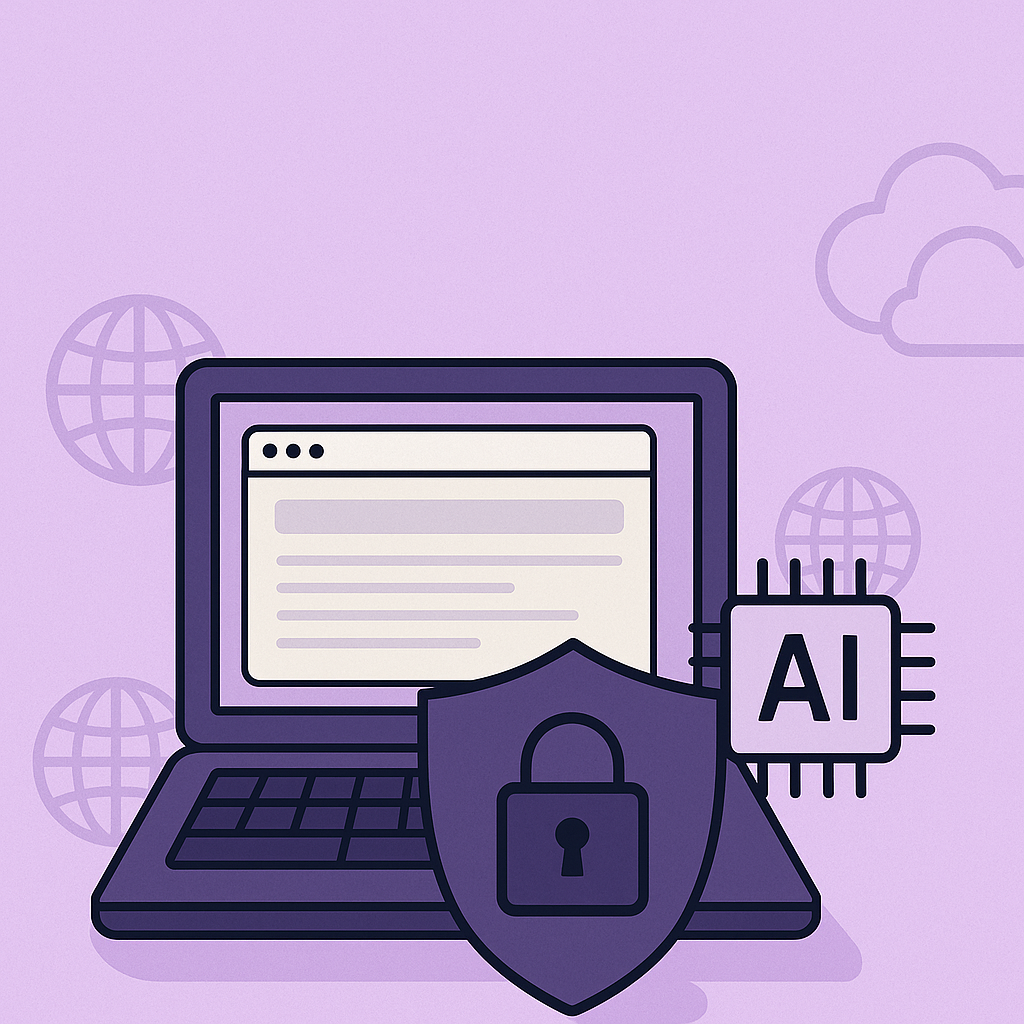How are teachers adjusting to the virtual classroom?
Countless educators have transitioned to teaching virtually amid the pandemic, and with a new classroom setting come new challenges. How can educators keep students engaged? How do teachers prevent degradation of classroom discussions? How can they maintain the quality of education? Below are steps that teachers have taken to adapt to virtual classrooms.
1) Rethinking discussion format
It’s not always as easy to hold a freewheeling debate via video conference as it is in person. Aside from the technical limitations, some teachers have expressed that students are self-conscious about turning on their video in front of the entire class. An effective solution to this is to create breakout groups so that students can discuss prompts with a smaller group. Students also tend to be more engaged when classes include occasional breakout sessions (or other activities) of 10 to 20 minutes (as opposed to one activity or lecture for the entirety of the class period). Small discussion groups have the potential to add more human connection to the virtual classroom. In addition, message boards are a useful way for students to submit their answers to discussion questions and respond to each other’s input.
2) Clearly establishing learning goals, expectations, and relationships early.
As if it wasn’t already hard enough to ensure that each student is on track and in tune with class, students can get lost quickly in a virtual learning environment. Providing consistent feedback is key to keeping students engaged and motivated. Establishing clear channels of communication (such as chat functions) ensures that students know they have a way to ask questions and feel supported. Establishing expectations early is key to success in any classroom, and virtual classrooms are no exception.
3) Transcending on-site Windows labs
Students and faculty need access to Windows apps such as MATLAB, Adobe Photoshop, and Microsoft Excel on any device. The easiest, most cost-efficient way for IT directors to provide this remote access is through the use of cloud-native VDI. Schools recognize cost savings because cloud resources can be automatically scaled up and down in real-time to meet daily and seasonal demand. itopia automates this process to reduce the time and labor required to manage the virtual environment. For example, it can be used to onboard hundreds of faculty members into virtual workstations within one day (as opposed to one week), which is unprecedented.
4) Recording lectures
Recording lectures is a great way to make class more accessible. This is especially useful to students that may have missed class time due to feeling ill, been distracted, or struggled to keep up with the speed of the lecture. It can also be a great tool for reviewing familiar material. Some teachers might even go back and watch their lectures to try and analyze the effectiveness of their teaching styles or particular activities.
5) Testing new technologies before class
To minimize the potential of losing valuable class time, give each tool a test run before class. It can help to simulate a dry run of a full class – from hosting students in a video chat, to giving a presentation, to recording the lecture, to properly utilizing breakout rooms. And because teachers tend to try out new tools throughout the year, it’s important to give each of these tools a test run before class. If possible, it’s incredibly useful to have an IT employee sit in on lectures in case tech troubles do arise (though IT employees might be in heavy demand). Tech disruptions not only waste class time, but also inadvertently can cause students to disengage. The less down time, the better. And the more familiar an educator is with each tool used in class, the less likely it is that disruptions could occur.
6) Accepting imperfection
No amount of planning will eliminate the unpredictable obstacles that can interfere with class. There’s no substitute for being patient and prepared to adjust on the fly. Expect students to encounter technological disruptions or struggle to use new tools. Some teachers find it useful to keep extra activities in their back pocket just in case they hit a technological snag during class.



